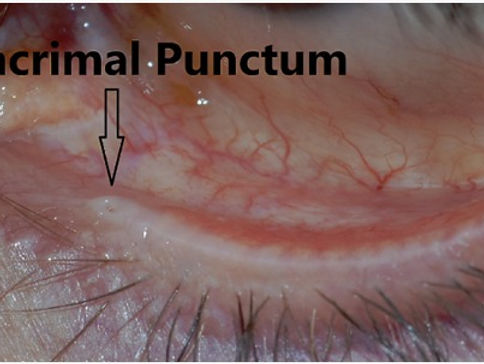Telephone : 07380 187052 , 01527 479202
Address : 27-29 High Street, Bromsgrove B61 8AJ

Watery Eyes
Watery Eyes

What is a Watery Eye?
What is a Watery Eye?
An eye with a constant or episodic spillover of tears needing wiping is known as a Watery Eye. This is a very common condition in the older population and can hinder vision. Usually, there is a significant variation of symptoms with changing weather conditions.
What causes Watery Eyes?
What causes Watery Eyes?

Increased tear production
Ocular surface irritation due to foreign bodies, ingrown eye lashes, dry eyes, lid disease (blepharitis), local conjunctival or corneal disease, glaucoma, and rarely medication can cause profuse tear secretion.

Decreased tear drainage
Lid abnormalities like ectropion and lax lids prevent proper drainage leading to spillover.Any functional or structural blockage of the tear drainage system also causes watering. The causes may include punctal occlusion, obstruction of the naso-lacrimal duct, or any other part of the system due to defective canalisation from birth, age-related involutional changes, inflammation, infections, or growth.
What are the Complications of Watery Eyes?
Corneal infection- Foreign bodies, dry eyes, and lid abnormalities may cause spreading infections of the cornea leading to vision drop.
Lid Infection- Patients with nasolacrimal duct obstruction may develop infection of the lids (Pre-septal Cellulitis and Abscess formation) and sometimes vision-threatening orbital infections (Orbital Cellulitis)


How to treat Watery Eyes?
The treatment of Watery Eyes depends on managing the causative factors.
1/ Dry Eyes – managed with lubricating drops/ gels, steroids, and methods of lid hygiene.
2/ Ingrowing Eye Lashes- managed by removal of eyelashes or surgical repositioning of the Lid
3/Lid Abnormalities- managed with surgical correction of lid positioning and tension
4/Blockage of Lacrimal Drainage System- Surgical opening of the Lacrimal System with Dacro-Cysto Rhinostomies (where new passage is created between eyelids and nose) with or without silicone tube placement

